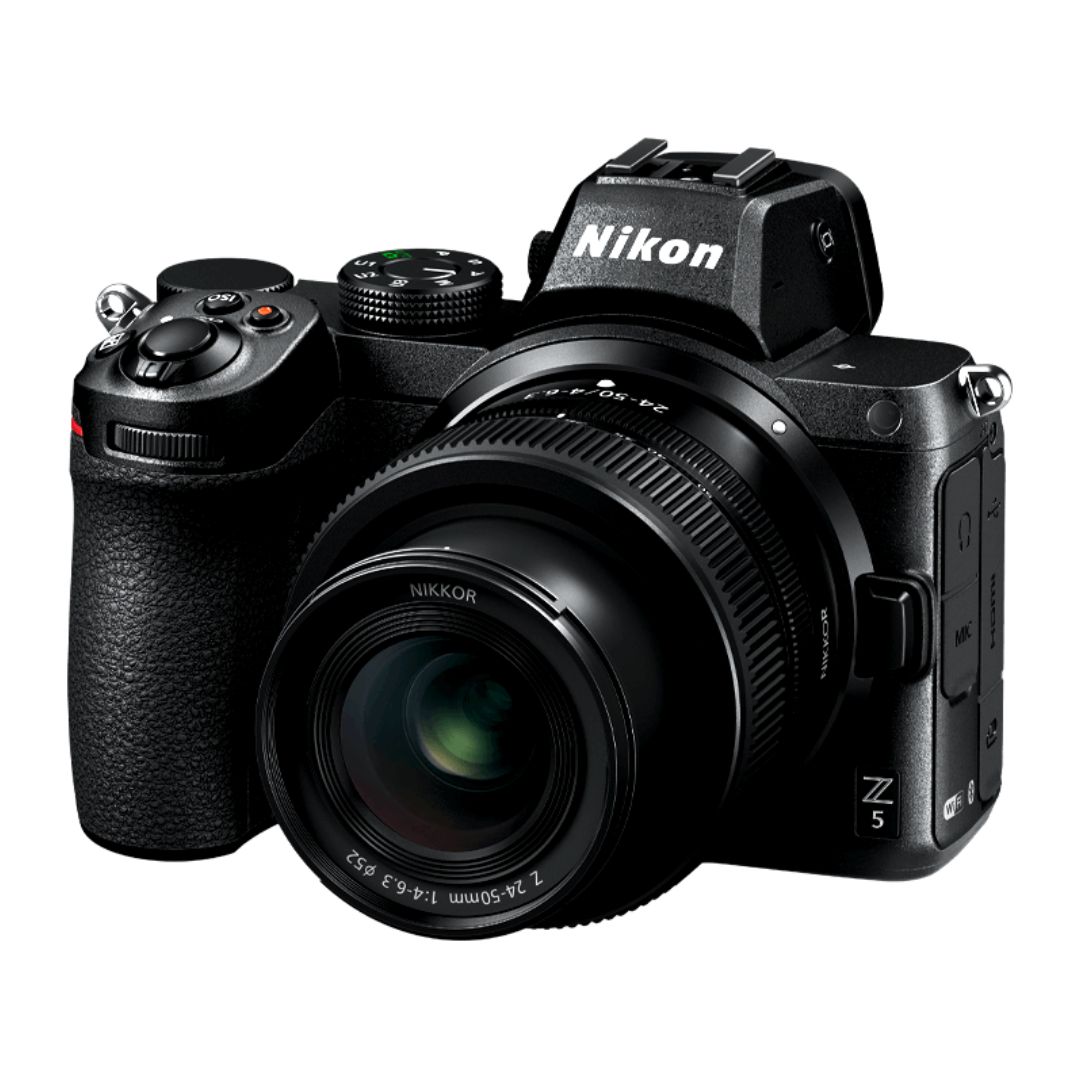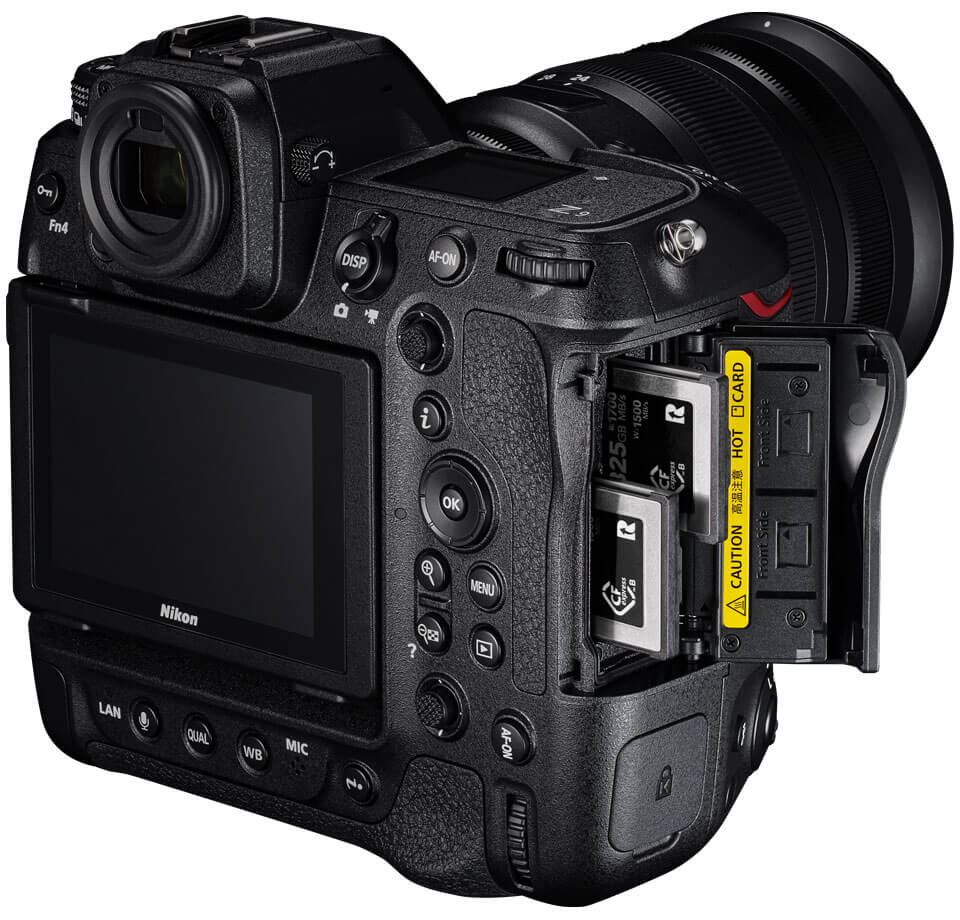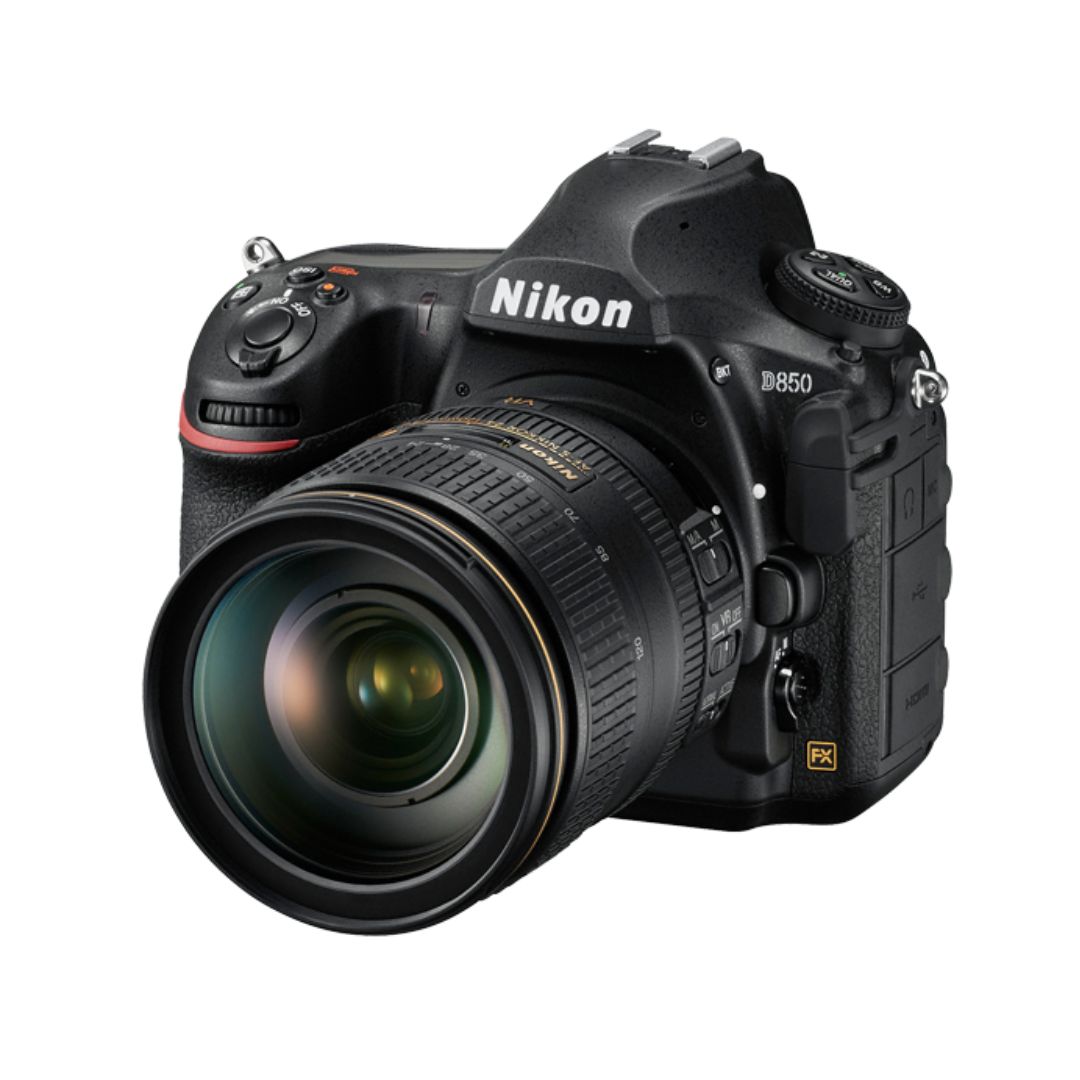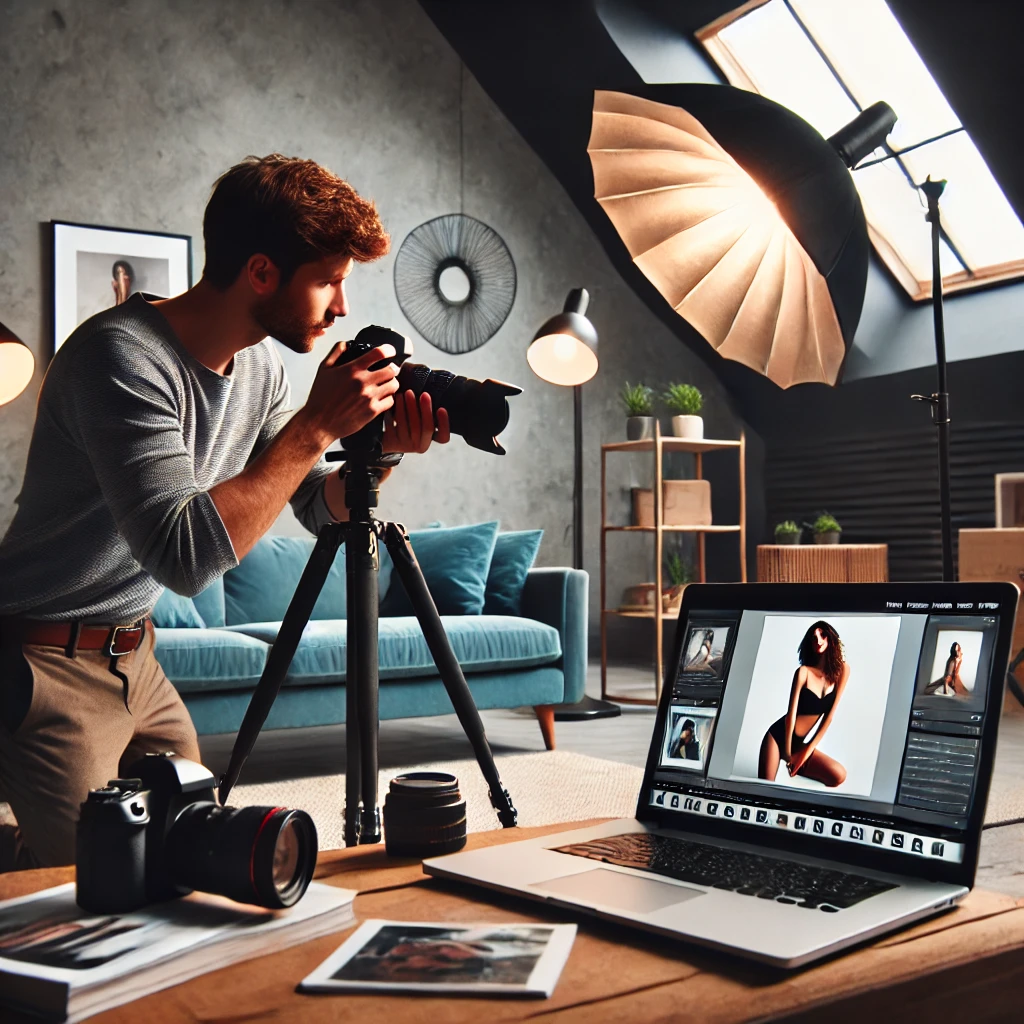Turning your passion for photography into a profitable business is more achievable than ever in 2025. However, success requires more than just a great camera and an eye for composition. You need a well-structured plan covering everything from branding and pricing to marketing and client management. This guide breaks down every step necessary to launch and start a photography business.
1. Define Your Photography Niche
Why Specialization Matters
Focusing on a niche helps you stand out in a competitive market and attract your ideal clients. Consider these popular photography niches:
- Portrait Photography: Family, maternity, headshots, or senior portraits.
- Wedding & Event Photography: High-demand but requires strong networking skills.
- Commercial Photography: Product, food, and real estate photography for businesses.
- Travel & Landscape Photography: Ideal for content creators and print sales.
- Sports & Action Photography: Requires specialized equipment and fast reflexes.
How to Choose the Right Niche
- Assess your strengths and interests.
- Research demand and competition in your area.
- Experiment with different styles before committing.
2. Develop a Business Plan
A solid business plan helps you stay focused and attract potential investors or partners.
Key Components of a Photography Business Plan
- Business Name & Branding: Choose a memorable name and logo.
- Target Audience: Identify who your ideal clients are.
- Services & Pricing: Define packages and pricing models.
- Competitive Analysis: Study local competitors to differentiate yourself.
- Marketing Strategy: Plan how you’ll attract and retain clients.
- Financial Projections: Set revenue goals and budget for expenses.
A well-structured plan keeps your business on track and prepares you for future growth.
3. Invest in the Right Equipment
Essential Photography Gear
Starting with quality gear is crucial, but you don’t need to buy everything at once. Prioritize:
- Camera: A professional DSLR or mirrorless camera.
- Lenses: A versatile prime or zoom lens, depending on your niche.
- Lighting Equipment: External flash, reflectors, or softboxes for better lighting control.
- Editing Software: Adobe Lightroom and Photoshop for professional post-processing.
- Tripod & Accessories: Stabilization for long exposures and videos.
Investing wisely in equipment saves money while ensuring quality results.
4. Set Up Your Business Legally
Steps to Legalize Your Photography Business
- Choose a Business Structure: Sole proprietorship, LLC, or partnership.
- Register Your Business: Obtain necessary licenses and permits.
- Get an EIN: Required for tax purposes and hiring employees.
- Open a Business Bank Account: Keep finances separate for easy accounting.
- Get Business Insurance: Protects against equipment loss and liability claims.
Handling the legal aspects properly prevents issues down the road.
5. Create a Stunning Portfolio
Your portfolio is your most powerful marketing tool. It should showcase your best work and reflect your style.
How to Build an Impressive Portfolio
- Curate High-Quality Images: Choose only your best work.
- Diversify Your Shots: Display different techniques and styles.
- Offer Free or Discounted Shoots: Gain experience and fill your portfolio.
- Create an Online Portfolio: Use platforms like Squarespace, Wix, or a WordPress website.
A strong portfolio attracts clients and establishes your credibility.
6. Set Competitive Pricing
Factors to Consider When Pricing Services
- Cost of Doing Business: Account for equipment, software, marketing, and insurance.
- Market Research: Compare competitors’ pricing.
- Value-Based Pricing: Charge based on the value you provide, not just time.
- Package Deals: Offer different tiers to accommodate various client budgets.
Pricing correctly ensures profitability while staying competitive.
7. Develop a Marketing Strategy
Best Ways to Market Your Photography Business
- Social Media Marketing: Instagram, Facebook, and Pinterest for showcasing work.
- SEO for Photographers: Optimize your website with keywords and blog posts.
- Networking: Build relationships with event planners, models, and local businesses.
- Email Marketing: Send newsletters with offers and portfolio updates.
- Google My Business: Improve local search visibility.
Consistent marketing increases brand awareness and attracts clients.
8. Manage Clients and Bookings Efficiently
Tools for Smooth Client Management
- Client Management Software: Use tools like HoneyBook or Studio Ninja.
- Contracts & Invoices: Protect yourself with clear agreements.
- Booking System: Automate scheduling with Calendly or Acuity Scheduling.
- Customer Relationship Building: Provide excellent service and follow up post-shoot.
Streamlining processes improves client experience and business efficiency.
9. Keep Learning and Adapting
Ways to Improve Your Photography Skills & Business Knowledge
- Take online courses or attend workshops.
- Follow industry trends and new technology.
- Join photography groups and forums.
- Experiment with new techniques and creative styles.
Staying updated helps maintain a competitive edge in the industry.
10. Scale Your Business for Long-Term Success
Once your business is stable, consider expanding by:
- Hiring a team or assistants.
- Offering video services alongside photography.
- Selling prints or stock photography online.
- Teaching workshops and online courses.
- Collaborating with brands and influencers.
Scaling your business diversifies income streams and ensures sustainability.
Conclusion
To start a photography business in 2025 requires passion, planning, and persistence. By defining your niche, investing in the right gear, marketing strategically, and delivering excellent service, you can turn photography into a thriving career. Follow these steps, stay adaptable, and watch your business grow!
Are you ready to take the first step to start a photography business? Let us know in the comments!

Sony Alpha a7 IV: The Ultimate Camera for Photography

Nikon Z5 Review: Is It Worth It?
-

Nikon Z9 : Game-Changer for Photography
-

Top Features of Nikon D850 That Make It Ideal for Portfolio Shoots
Sony Alpha a7 IV: The Ultimate Camera for Photography
Explore the Sony Alpha a7 IV in this complete 2025 review. Learn how its pro-level features, real-world performance, and hybrid flexibility make it the ultimate camera for photography across genres like portraits, weddings, travel, and commercial work. Table of Contents Section 1: Introduction – Why the Sony Alpha a7 IV Stands Out The Sony Alpha…
Nikon Z5 Review: Is It Worth It?
In 2025, photographers—whether hobbyists, content creators, or professionals—seek equipment that blends value, performance, and future-readiness. Enter the Nikon Z5, a full-frame mirrorless camera marketed as a gateway to high-end imaging without a flagship price tag. But how well does it hold up under real-world demands like studio shoots, weddings, landscape adventures, and lifestyle photography? In…
Nikon Z9 : Game-Changer for Photography
Discover why the Nikon Z9 is considered a true game-changer for photography. This in-depth Nikon Z9 review explores key features, real-world performance, and how it excels in professional photo shoots in 2025. Table of Contents 1. Introduction The photography world witnessed a significant shift with the launch of the Nikon Z9, a flagship mirrorless camera…
Top Features of Nikon D850 That Make It Ideal for Portfolio Shoots
Discover why the Nikon D850 is the ultimate DSLR for portfolio shoots. Explore its top features—from resolution and dynamic range to autofocus precision and workflow speed—that help photographers create stunning, high-impact images for professional portfolios. Whether you’re a portrait artist, fashion photographer, or visual storyteller, a portfolio shoot demands technical excellence, creative flexibility, and uncompromised…
Candid Moments with Canon EOS R10: Lightweight & Reliable
In the evolving world of mirrorless photography, the Canon EOS R10 stands out as a lightweight yet powerful camera tailored for real-life storytelling. Whether you’re photographing street scenes, family gatherings, weddings, or spontaneous portraits, capturing genuine emotion requires a responsive and discreet tool. This article dives deep into how the Canon EOS R10 excels in…
Bold Portraits with Canon EOS R5: Is It the Best for Work?
Studio photography has always demanded precision, artistry, and impeccable gear. As the expectations for commercial portraits, fashion campaigns, and editorial work continue to rise, the tools we use must evolve. Enter the Canon EOS R5, a camera that has stirred the professional waters with its impressive technical specs and forward-thinking design. In this comprehensive Canon…


